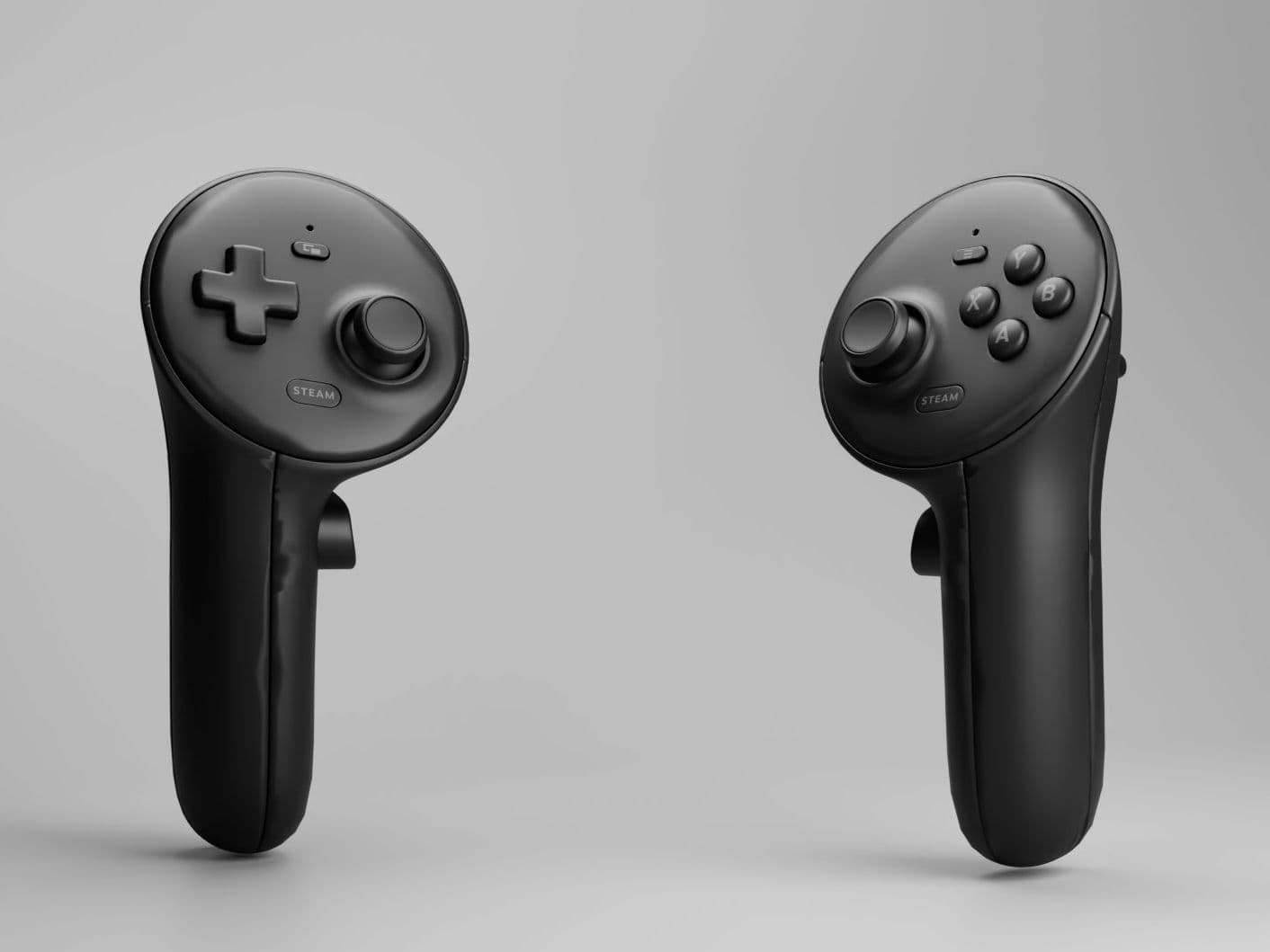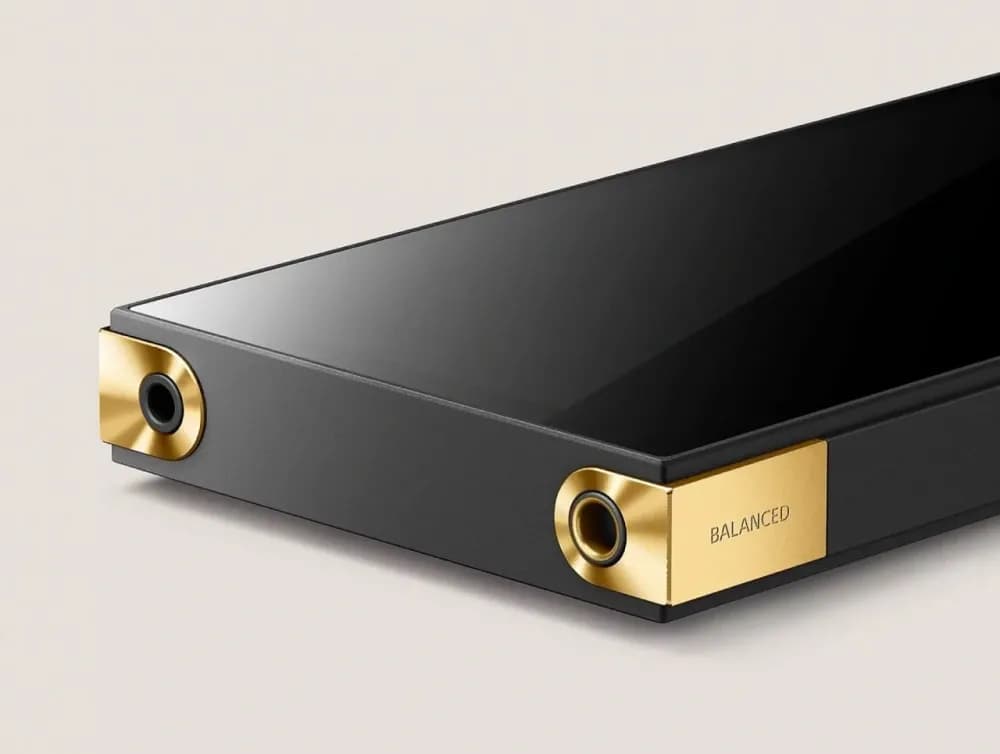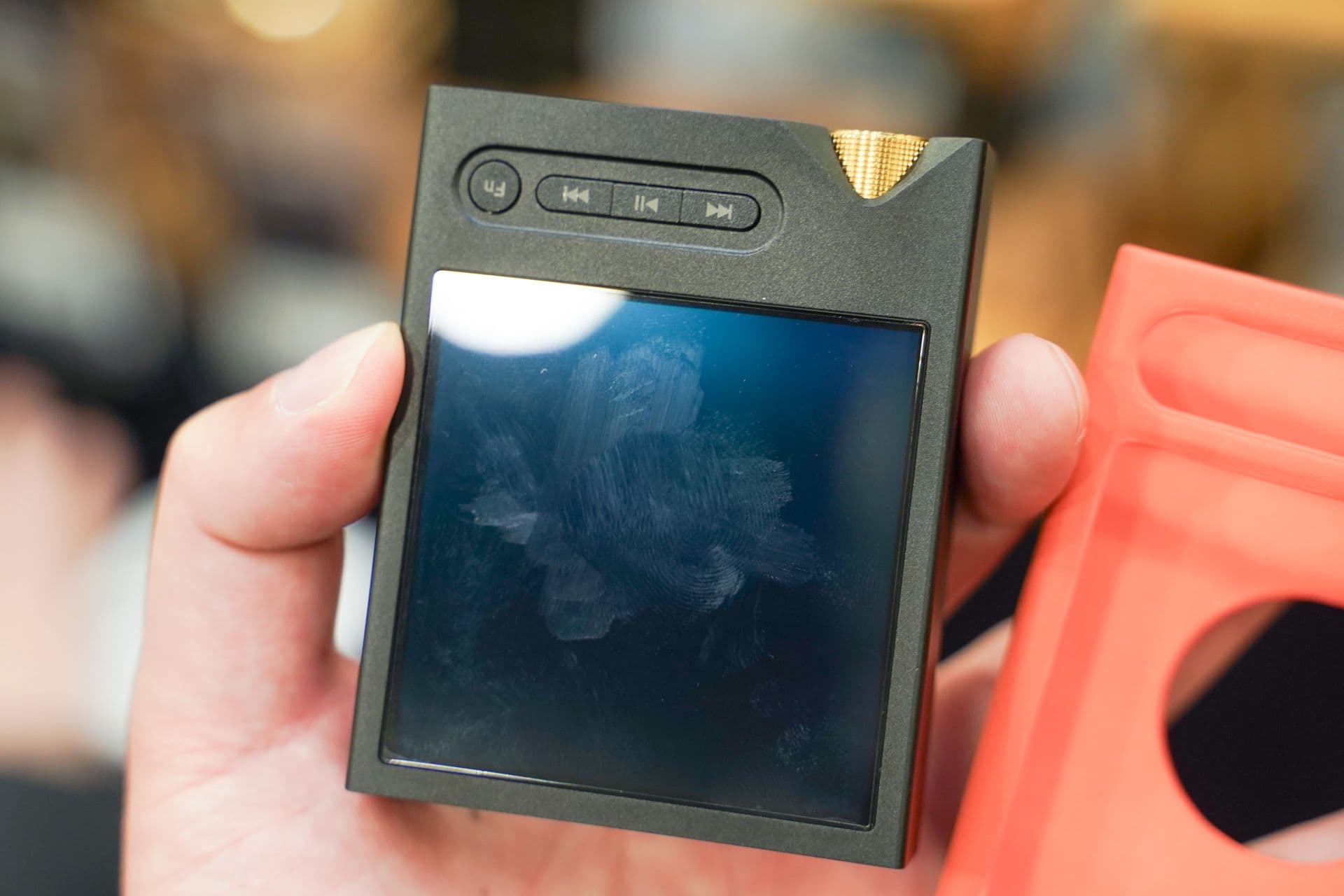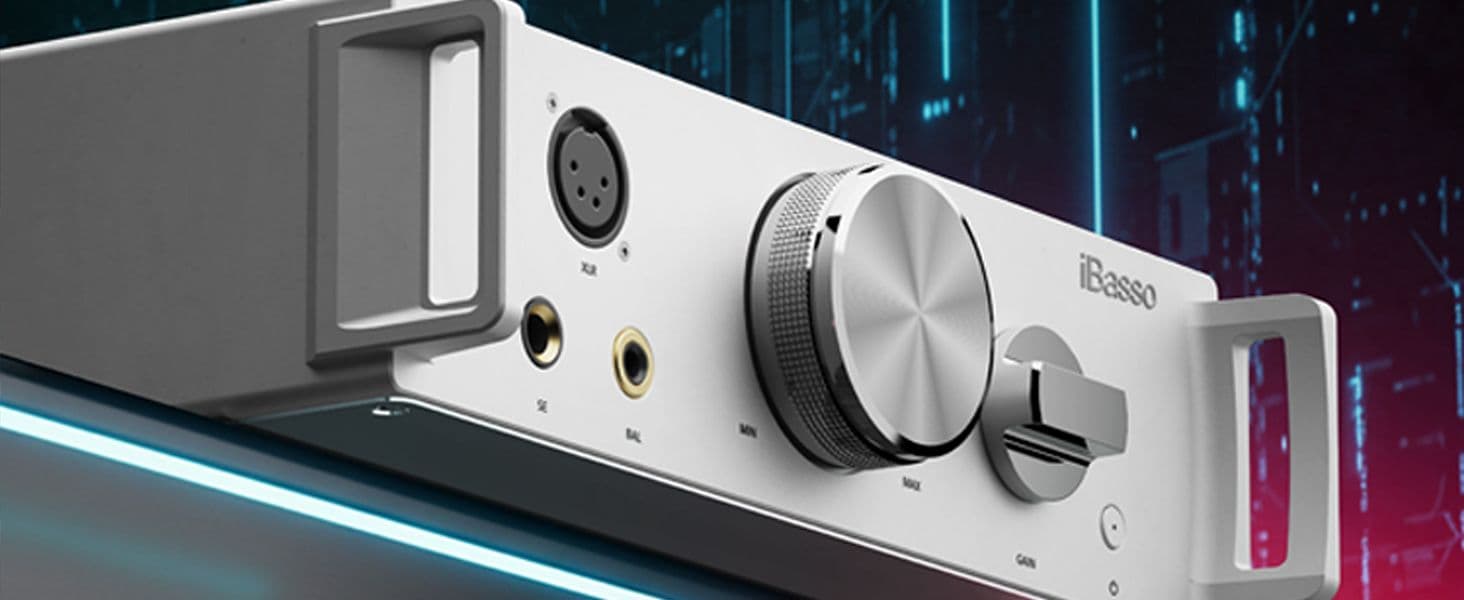Valve Deckard Prototype: A Leap Forward in VR Technology
By HiFi Editorial15 December 2025

Key Highlights
Deckard prototype is powered by Snapdragon 8 Gen 3, offering around 25% better performance than competitors' chipsets.
Features dual 2160 × 2160 resolution LCD panels with a 120 Hz refresh rate for immersive visuals.
Advanced tracking includes eye cameras and SLAM sensors for precision in VR interactions.
Valve is gearing up to unveil Deckard, the highly anticipated successor to the Valve Index, with initial leaks revealing promising yet cautious specifications. According to recent reports, the Deckard prototype, known as POC-F, is powered by the Snapdragon 8 Gen 3 (SM8650) chipset. While this processor isn’t Qualcomm’s latest flagship, it offers a solid foundation, potentially delivering around 25% better performance and efficiency compared to the Snapdragon XR Gen 2 used in current competitors like the Pico 4 Ultra and Quest 3.
The Deckard headset features dual 2.8-inch JDI LCD panels, each boasting a resolution of 2160 × 2160 pixels and a refresh rate of 120 Hz. This setup is designed to provide crisp and smooth visuals, essential for an immersive VR experience. Additionally, the headset is equipped with advanced tracking capabilities, including eye movement cameras and four SLAM cameras, ensuring precise motion tracking and enhancing overall user interaction within virtual environments.



